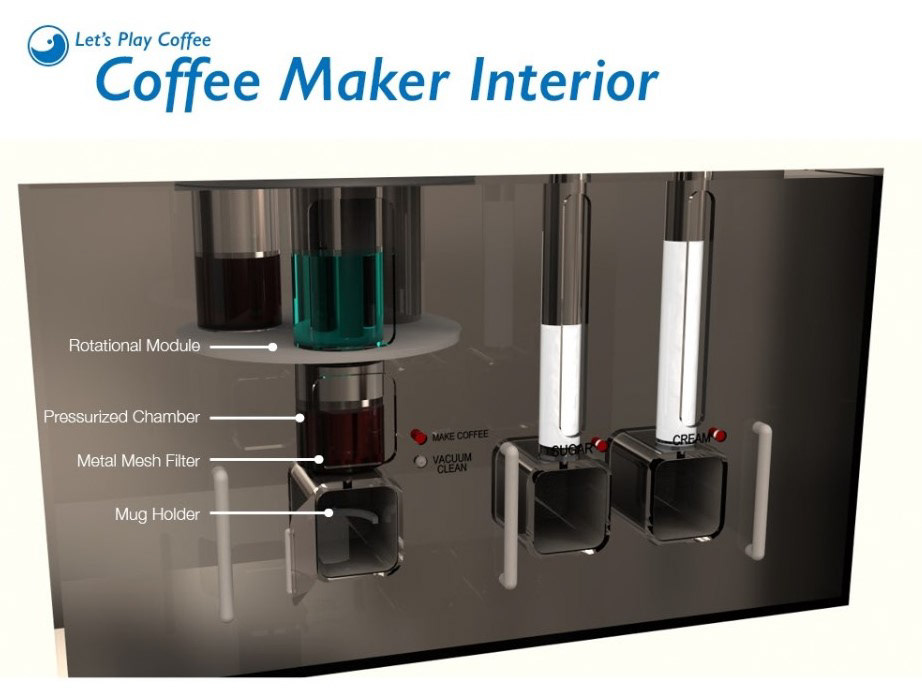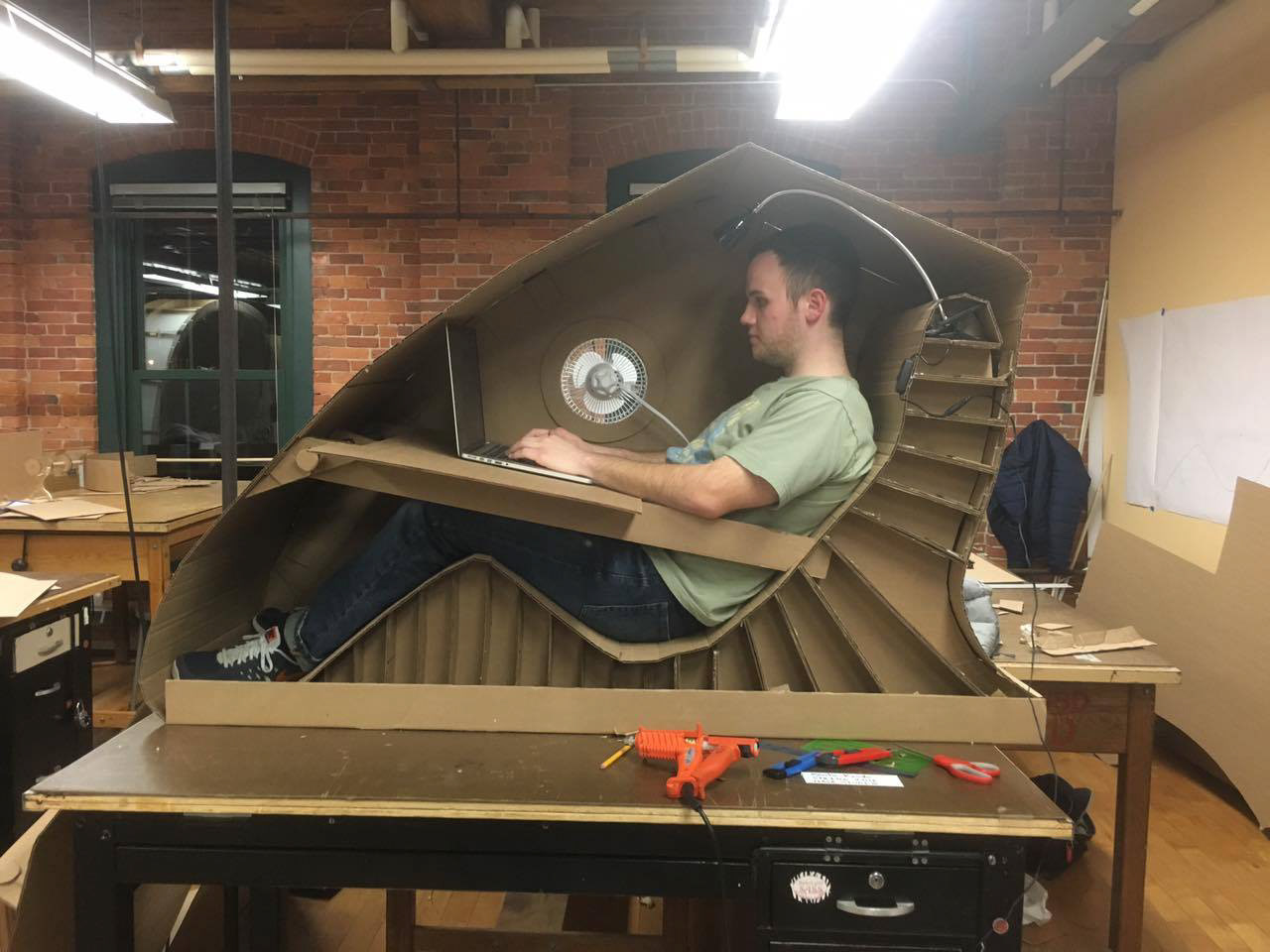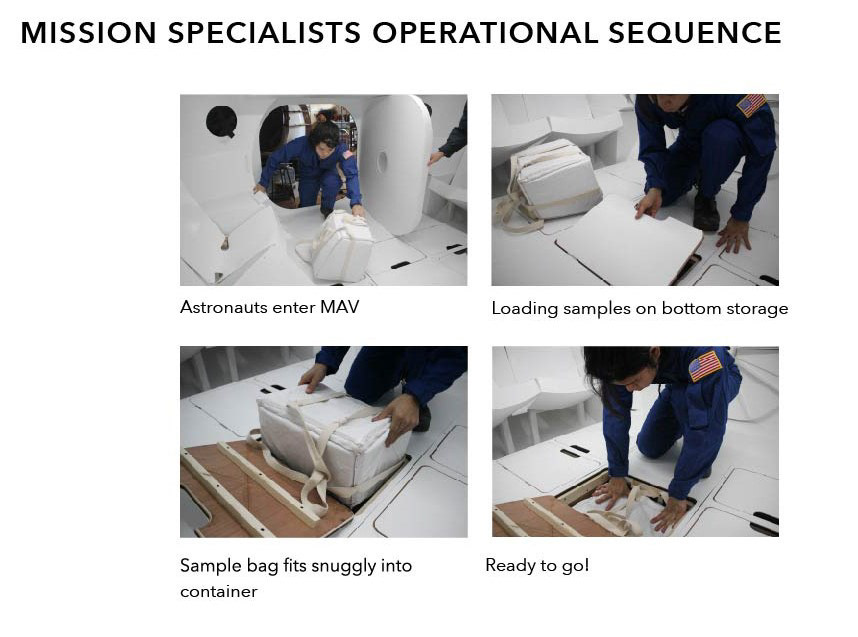Background
Every Spring, NASA collaborates with RISD in search for inspirational design perspectives. This year, the project was to design the smallest credible Mars Ascent Vehicle (MAV) that can support 4 astronauts from 16 hrs - 5 days.
Reflection
While it was tough to consolidate various ideations, we divided into subgroups and assigned team leaders. As a team leader, I held meetings and ideation sessions to work out the shared space of the MAV. We created models and renderings to better visualize our concept.
Understanding Human Scale & Designing for Space

Space Coffee Machine

Human Anthropometrics

Privacy Pod
Before jumping into MAV design, we went through three different projects that helped us understand how to design for extreme environments. These projects were thresholds to designing in Space, research and properly represent percentiles, and understand what it means to design compact yet comfortable environment.
Mars Ascent Vehicle Design



For the MAV design, our team of 9 compared various designs each member came up with. After mix and matching features that would help us fit all categories requested by NASA, we went to developing 1:1 scale cardboard model and 3D files to help with the final construction.
We also divided up to three groups and assigned each team to master different sections of the MAV. My team covered the core center of the MAV, where astronauts will socialize, share space, and even have some privacy if necessary.
Final MAV design (1/8 scale model)


Hygienic Accommodations Design (1/8 scale)

Sleeping Bag Design

Scale Model

Pattern Making

Test Fitting
1:1 Model Construction

Laser-cut Model Parts

Base of the MAV Construction

Roof Construction

Seat Placement

Finishing Surfaces

Electric Work
"IOTA" - MAV Final Design & Details









Outcome
The project was highly praised by NASA engineers and guest critiques, such as astronauts Mike Gernhardt. The project later on was moved to Rhode Island's Museum of Natural History and Planetarium, where it sits in the middle of the planetarium space.

